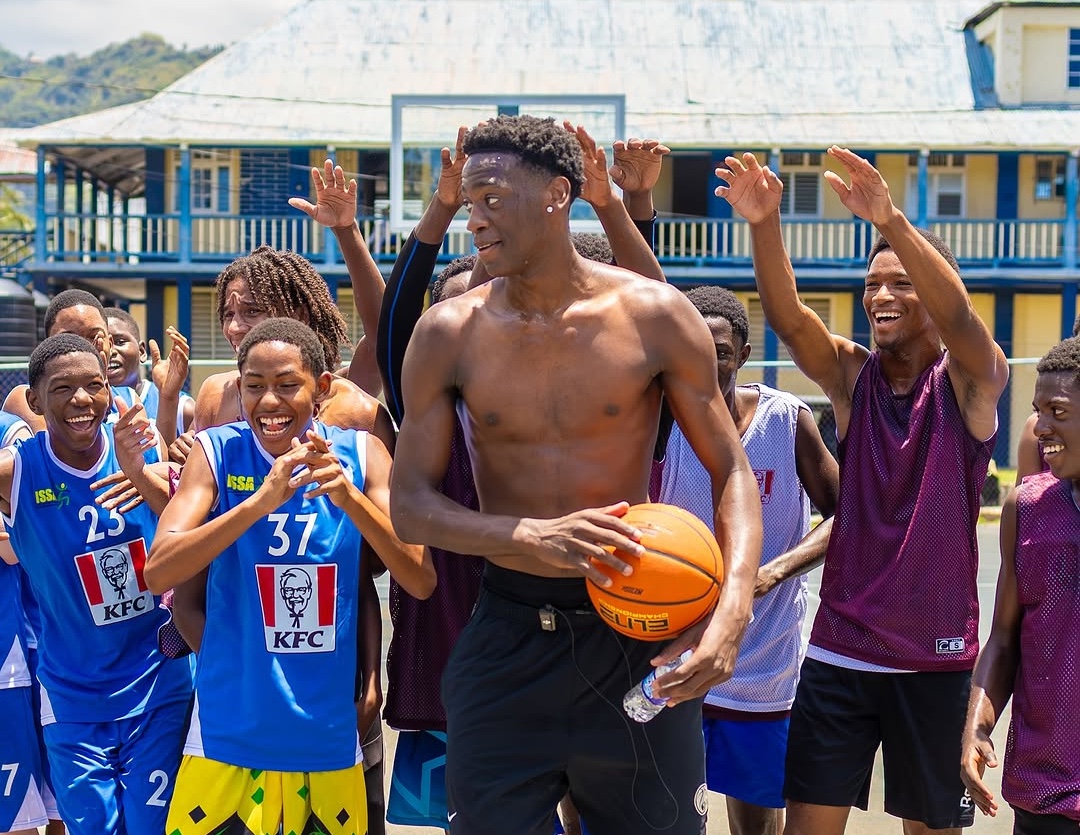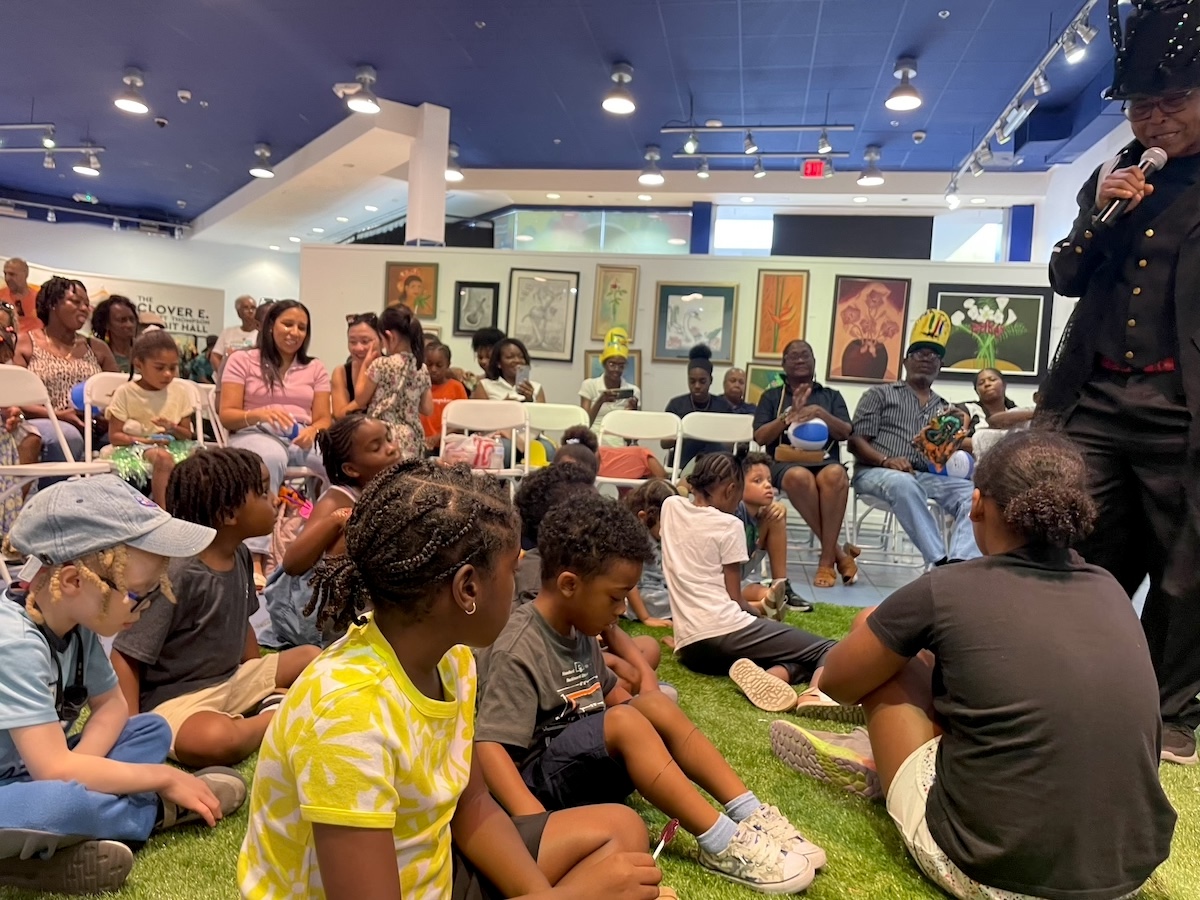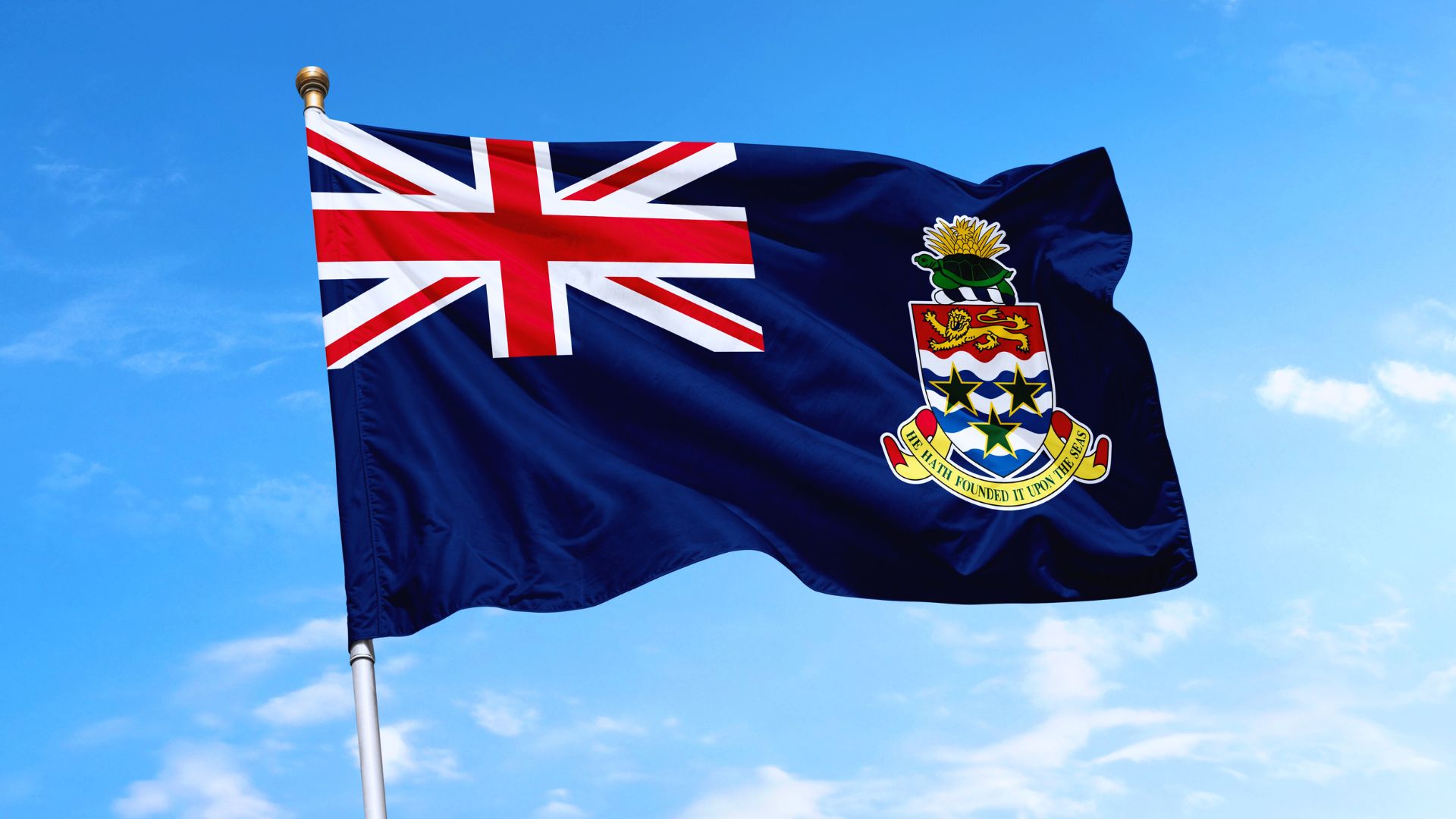Between 1961 and 1966 the dominant music in Jamaica was the Ska and a feature of its presentation was the pace and tempo of the associated dance. The Ska beat evolved largely from the experimentation of established musicians who were presenting their own re-interpretations of popular Rhythm & Blues and Blues tunes borrowed from North America. As the island embraced Independence from Great Britain, the new Ska beat headlined the celebrations defining their embrace of Independence through the promotion of street dances across the country with Dance patrons eventually embracing the Ska dance which required lots of space for the individual dancer who expended a fair amount of energy with or without a dance partner.
Interestingly, at the time Jamaica was seeing a rise in street gangs and the growing stature of the ubiquitous “bad-man”, particularly within the Western Kingston communities. They had always been there these gangs, The Vikings (Newport East); Spanglers (Charles Street); The Salt City gang (Salt Lane) which later became the Phoenix City Crew and which was the most dangerous of them all, carrying knives, machetes, and later, guns.
In 1962 the country was being prepared for its monumental National Elections to determine which of the two major political parties would lead it into Independence. In Western Kingston, the contest between Edward Seaga and Dudley Thompson was particularly violent. Both parties absorbed this growing gang specter within their ranks and in an Election Day clash gunplay erupted throughout Dungle leading to the closure of the polling station there. With more than half of the Dungle community not being allowed to vote Seaga defeated Dudley Thompson by just over 400 votes. The die was cast, and the gang phenomenon which was always around taking on a new character.
The political gang was now real and with it came the need to protect “Turf.” This need for “turf control” was extended to turf now occupied at local dances by local area toughs. One consequence of this was the tempering of the energy of the dance patrons. If a man stepped on another man while doing his flamboyant Ska moves or bounced into another it could easily escalate into a fight. Furthermore, the Rude Boys were no longer prepared to do the sweaty dancing especially during the unusually hot 1966 and when they turned up, the pace turned down. Alton Ellis captured this atmosphere in his 1965 Island Records release Dance Crasher where he implored the patrons not mash up the dance, not to use a knife to take another’s life. This music wasn’t exactly a Ska tune. It would have been slower by the standard of the Ska being played then and represented an easing up of the music’s tempo. Rude bwoys had become the subject of the music and many of these songs were now decrying the “rude boy” behavior.
Producer Bunny Lee made this argument in his interview with David Katz that after nearly five years of frenetic Ska dancing, dance patrons wanted to “slow it down” to hear some cooler rhythms ever harking back to North American soul tunes and in the 1960s there were some wicked tunes coming out of North America. It was the sound system that established the trends as this was poor people’s radio. Whatever the dance patron wanted the sound system provided. Furthermore, as Ska grew, more and more production outfits had been spawned and most were not sufficiently cash-rich to hire or staff the large bands needed to drive Ska. Soon enough, the electronic bass would replace the upright bass, the electric organ instead of the piano, and so on. Ska musicians too had begun to be overpriced, and musicians had to eat.
Guitarist Nerlynn (Lyn)Tait a master of the instrument and a lover of American Soul music. Tait was born in San Fernando, Trinidad on June 22, 1934, and started out playing steel pans before graduating to the guitar at age 14. In 1962, Tait was invited by Byron Lee to come to Jamaica as part of the celebrations planned for the island’s Independence. Taitt decided to stay in Jamaica, living in Kingston and played in a number of bands including The Sheiks, The Cavaliers, and The Comets. He worked with the Skatellites, Baba Brooks, and Tommy McCook, and the Supersonics. It was with the Jets though that he was most successful, formed in 1966 and included Hux Brown, Headley Bennett, Hopeton Lewis, Gladstone Anderson, and Winston Wright. Lyn Taitt’s guitar style was inventive and unconventional, with a sharp percussive sound that accented the Rock Steady beat.
Lynn Taitt and the Jets played on hundreds of recording sessions for Jamaican producers such as Duke Reid, Bunny Lee, Joe Gibbs, Coxsone, and Sonia Pottinger, often performing up to five sessions a day. Their recording of “Take It Easy” was one of the first Rock Steady singles and it reached number one in the Jamaican singles chart. Various other Jamaican recordings have been cited as the “first” Rock Steady release such as Alton Ellis & the Flames’ “Girl I’ve Got a Date”, and Derrick Morgan’s “Tougher Than Tough” with Lynn Taitt playing guitar on all three.
Artistes the likes of Alton Ellis’ with Rock Steady, released in 1967 headlined the new beat. Ellis’ Willow Tree (1967) provided the soothing vocals that marked the foundation of the genre along with the Paragons “The Tide Is High” pushing Coxsone’s Studio One operations into a hiatus. Alton Ellis would later deliver for Coxsone with the album “Alton Ellis Sings Rock and Soul” on the Coxsone Studio One label in 1967 but Coxsone never became a major force in the Rock Steady era.






